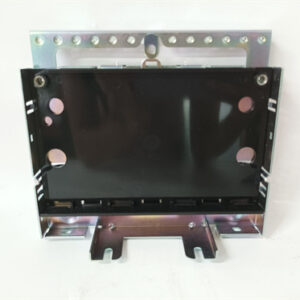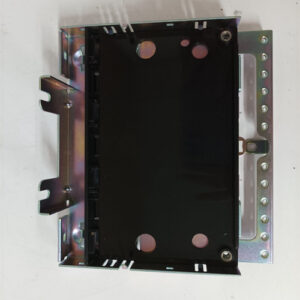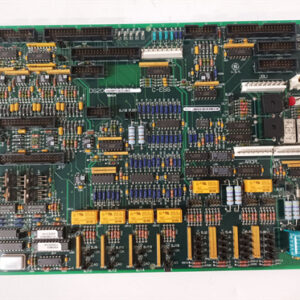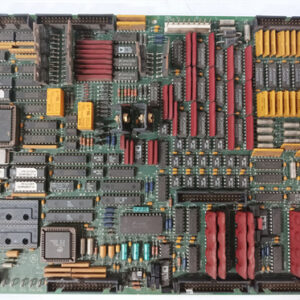الوصف
The GE DS200TCQCG1B is another variant of the Overflow Board used in the Mark V control system for gas and steam turbine applications. Here’s an overview of its features, functions, and some maintenance considerations:
Key Features of the GE DS200TCQCG1B Overflow Board:
- Signal Handling: This board is crucial for processing and managing various control signals, ensuring accurate communication between different components of the turbine control system.
- Modularity: The design allows for easy integration with other modules in the control system, enhancing the overall flexibility and scalability.
- Diagnostics and Monitoring: The DS200TCQCG1B typically includes features for real-time monitoring and diagnostics, helping to quickly identify and troubleshoot issues within the system.
- Enhanced Performance: It is designed to deliver reliable performance even in challenging conditions, ensuring consistent operation.
Applications:
- Primarily used in specific turbine applications involving gas and steam turbine systems.
- Integrated into the overall Mark V control architecture, often in power generation facilities, oil rigs, and various industrial applications.
Maintenance and Troubleshooting Tips:
- Routine Checks: Regularly check the board for dust, corrosion, or any physical signs of damage.
- Connection Inspection: Ensure that all connections are secure and free from wear.
- Use Diagnostic Tools: Tools to read error codes and performance data can help in troubleshooting potential issues.
- Firmware Management: Keep the firmware updated to leverage new features or improvements.
For detailed technical specifics, including wiring diagrams, installation procedures, or troubleshooting guides, you should reference the official GE documentation or consult with a trained technician who specializes in turbine control systems.

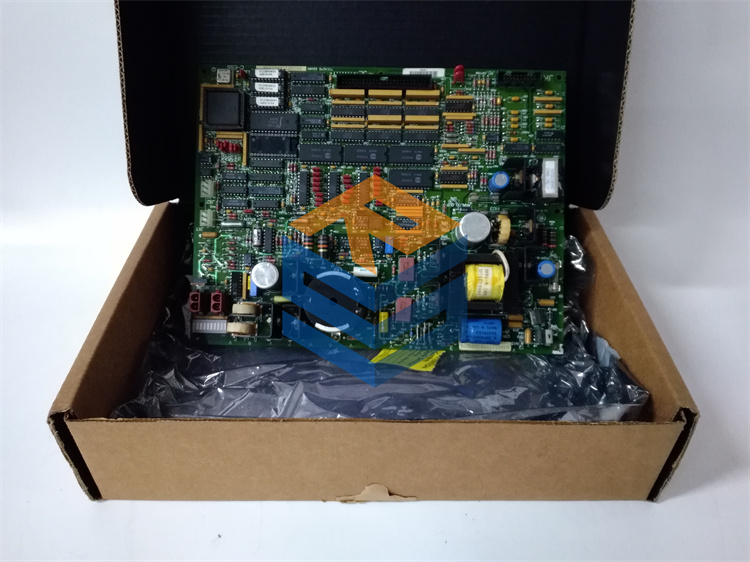

 +86 15340683922
+86 15340683922 +86 15340683922
+86 15340683922